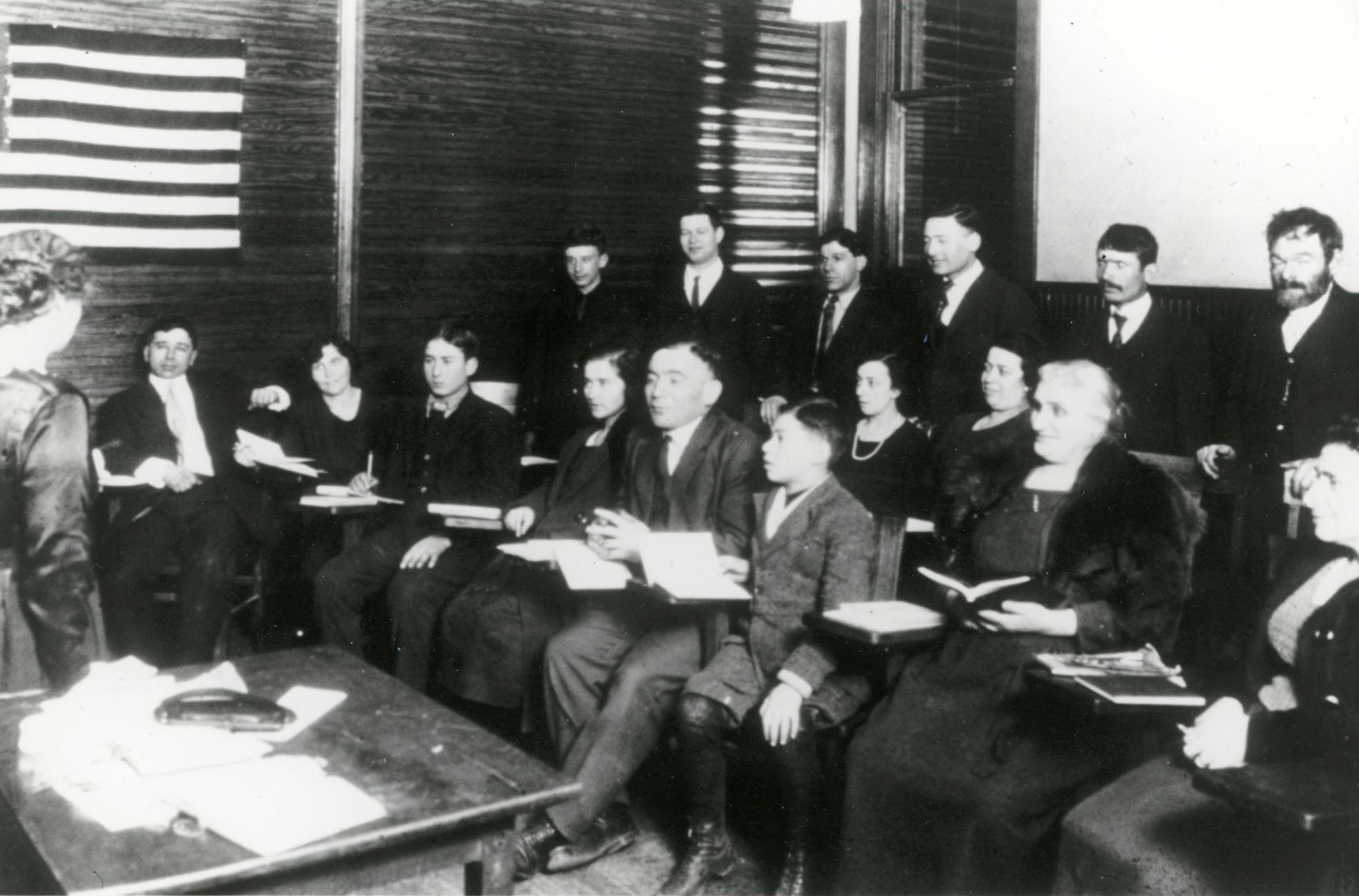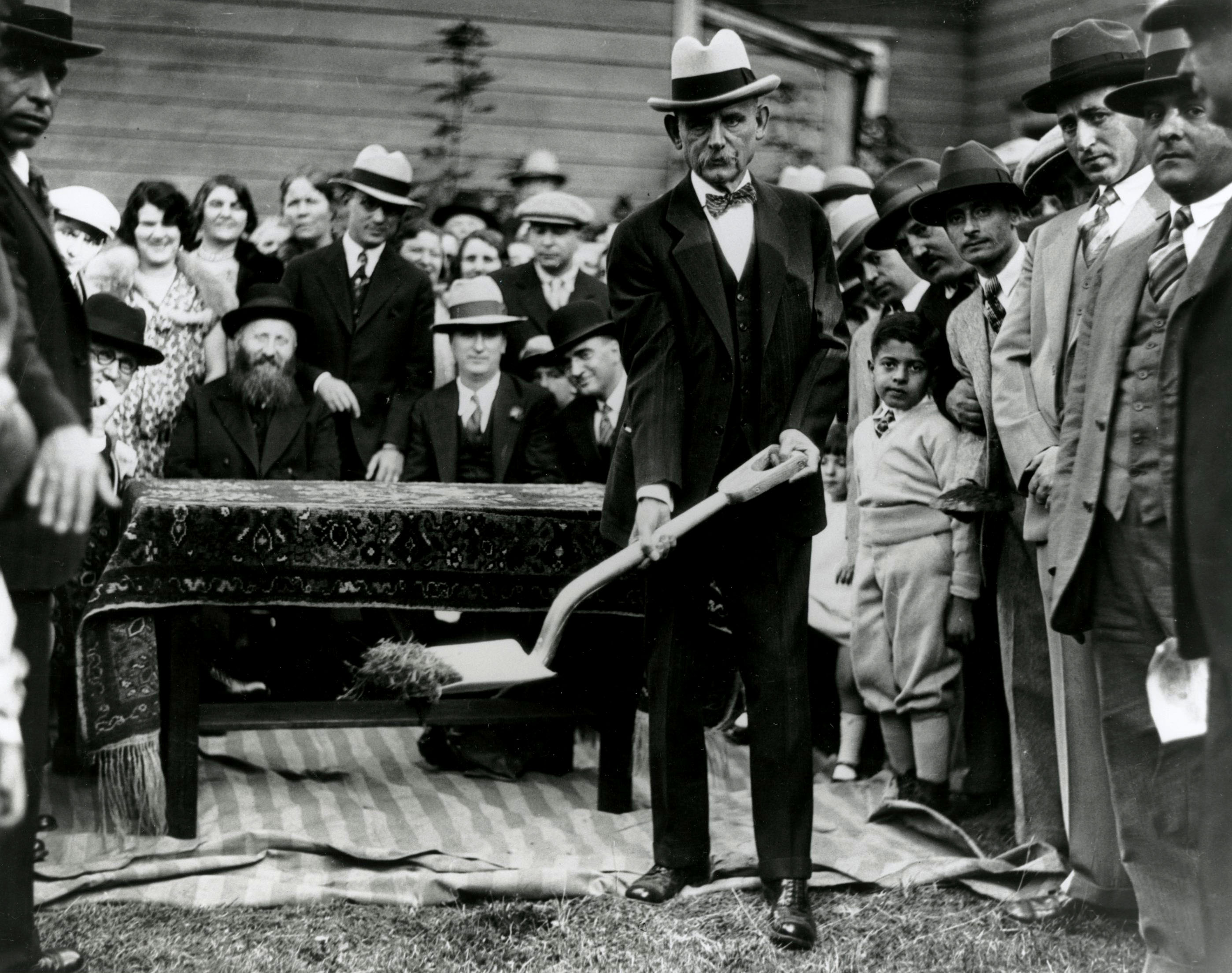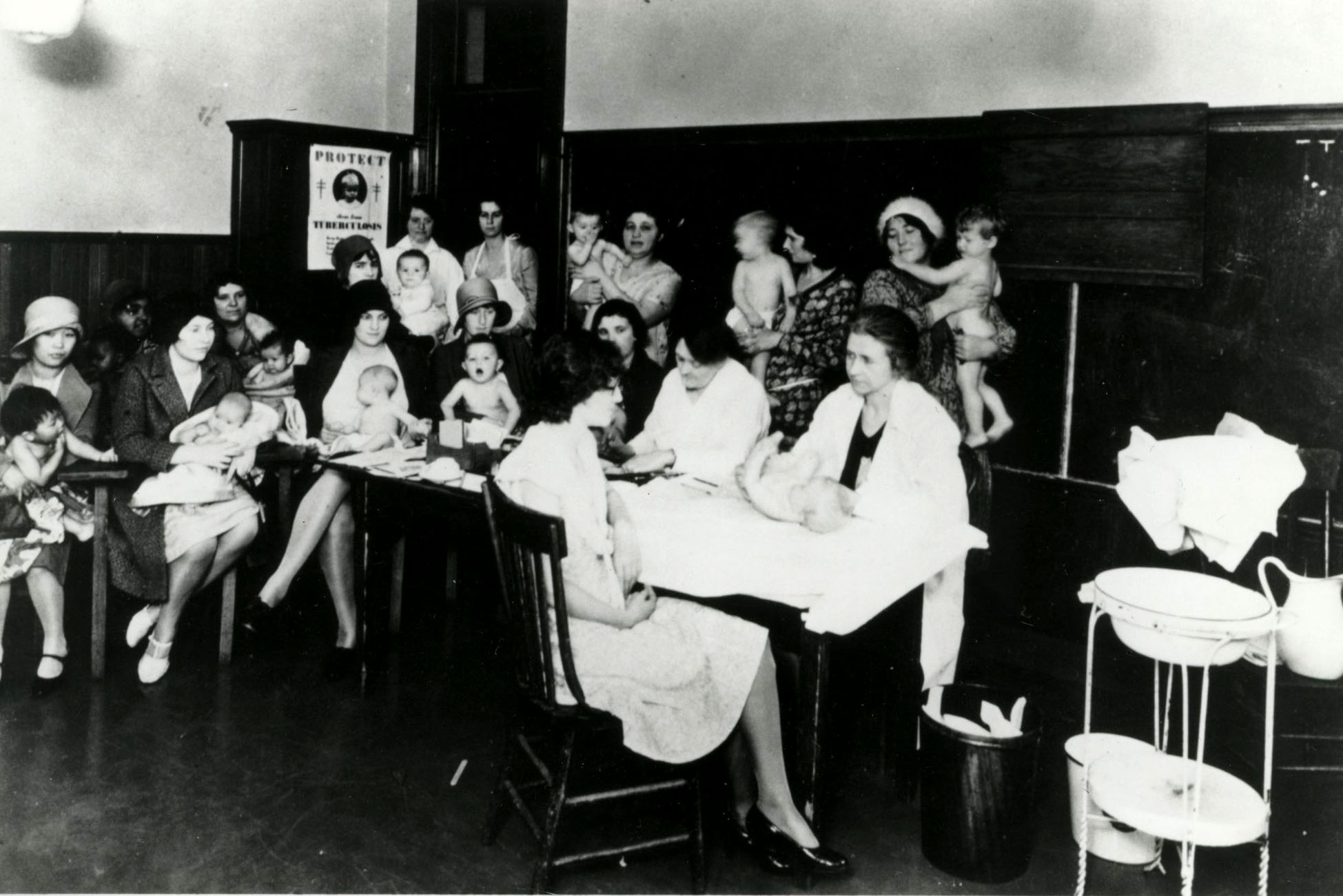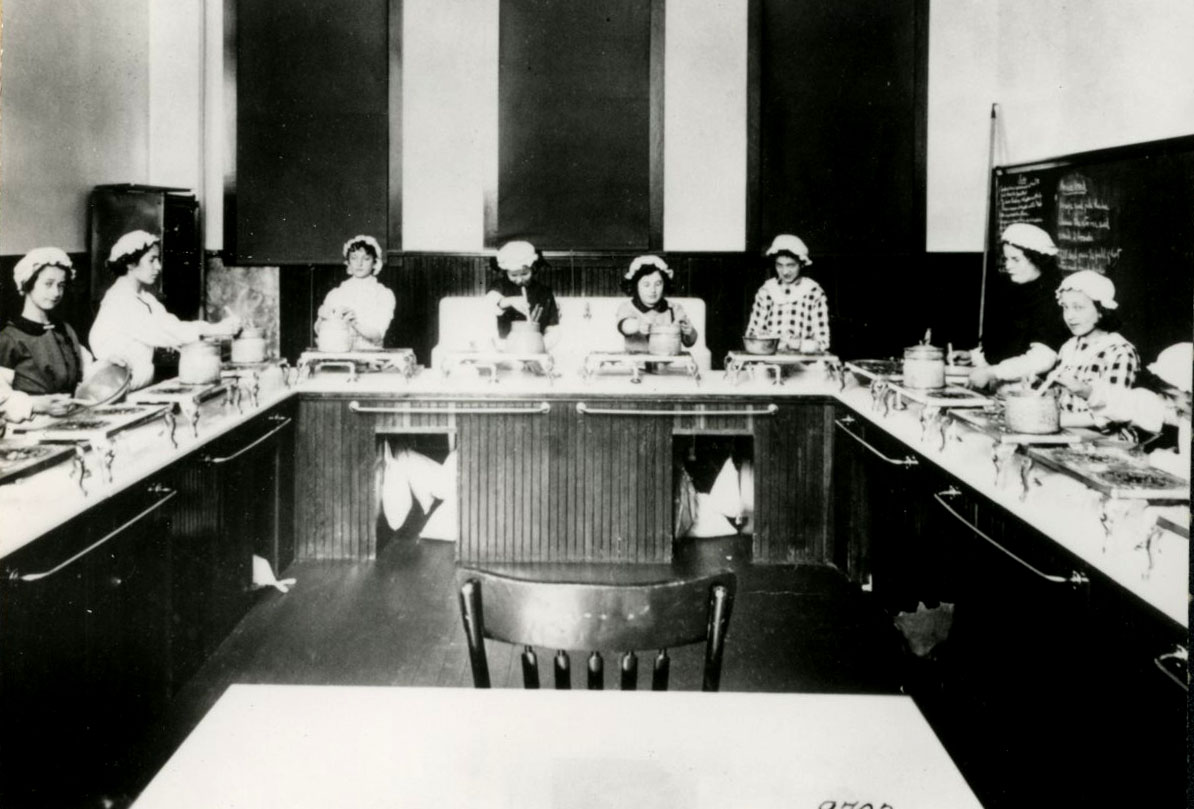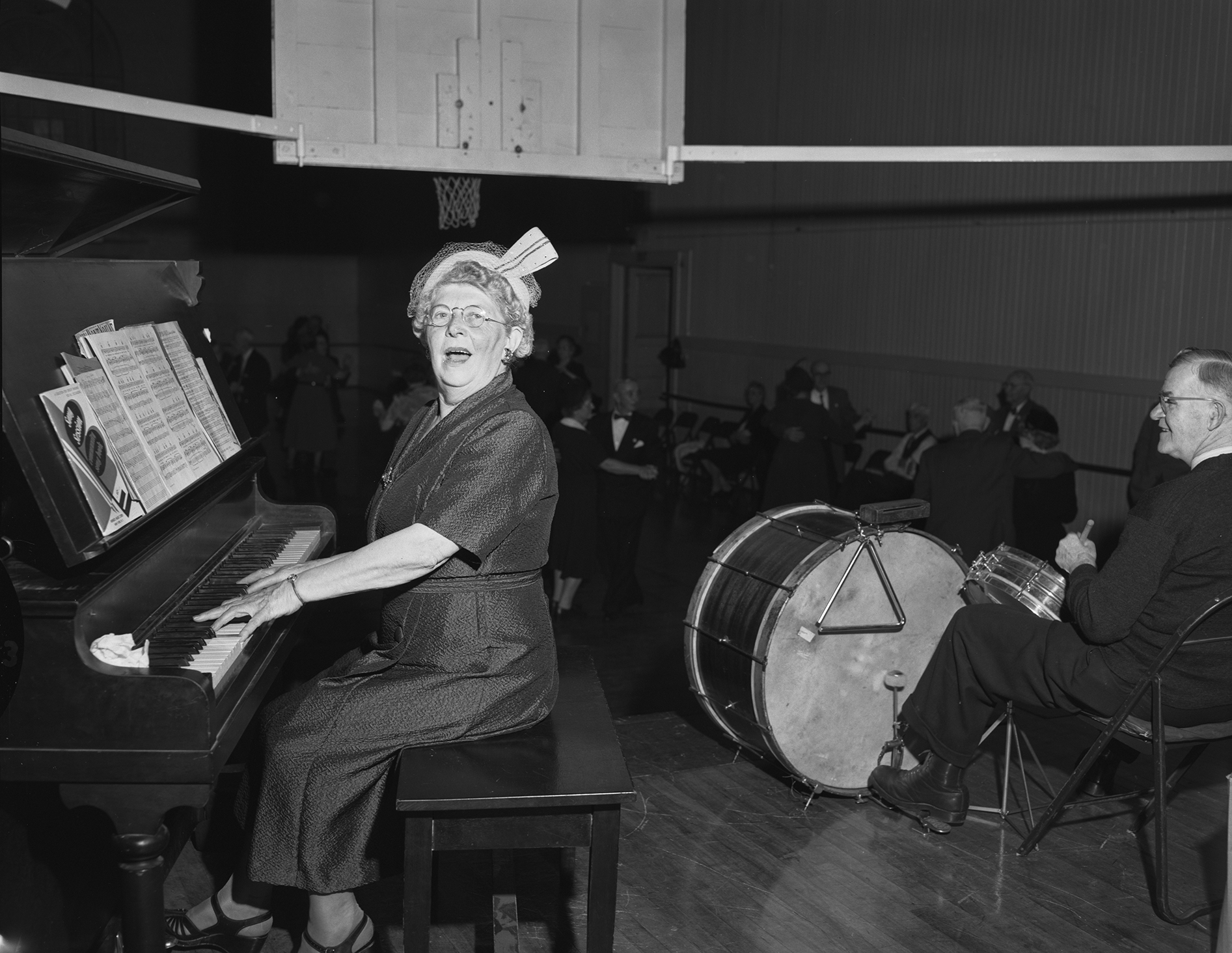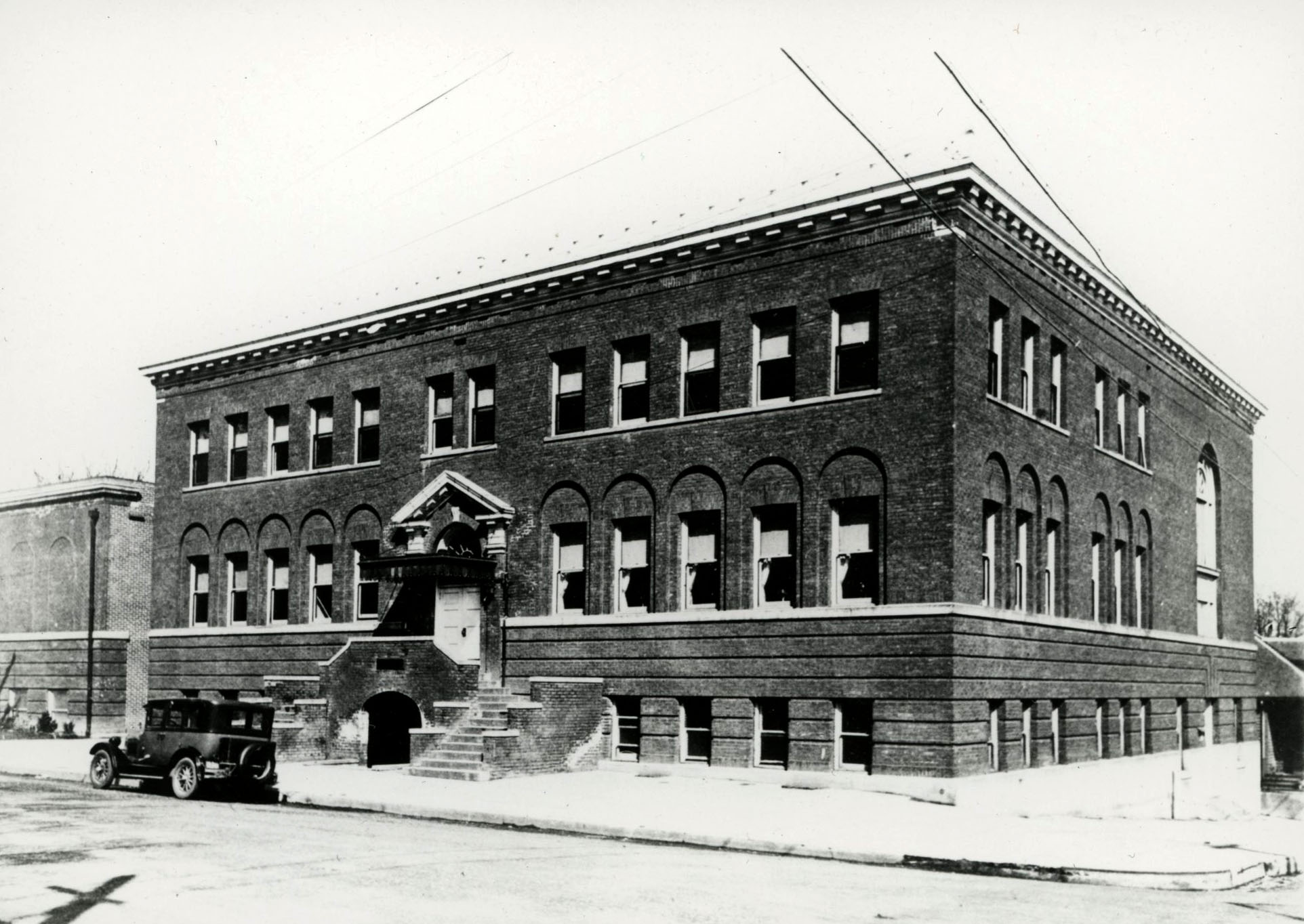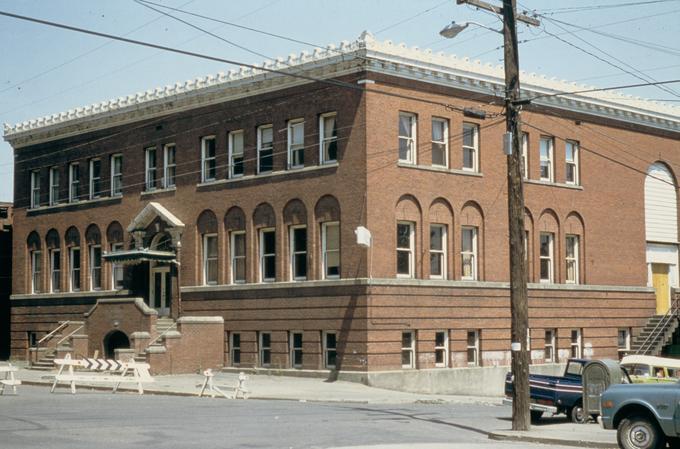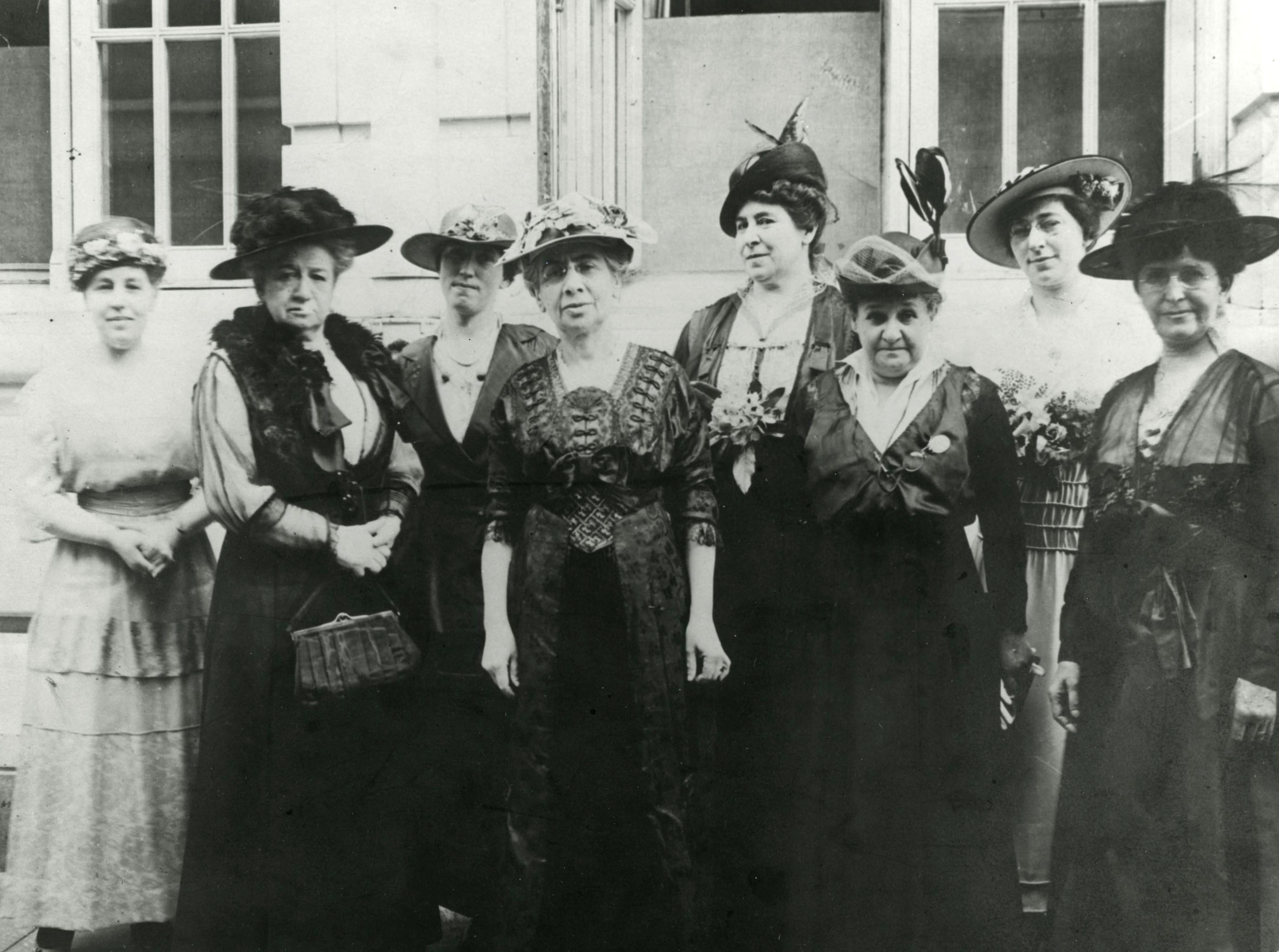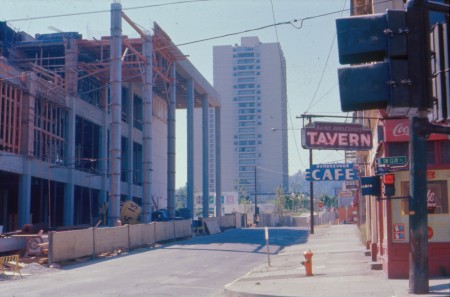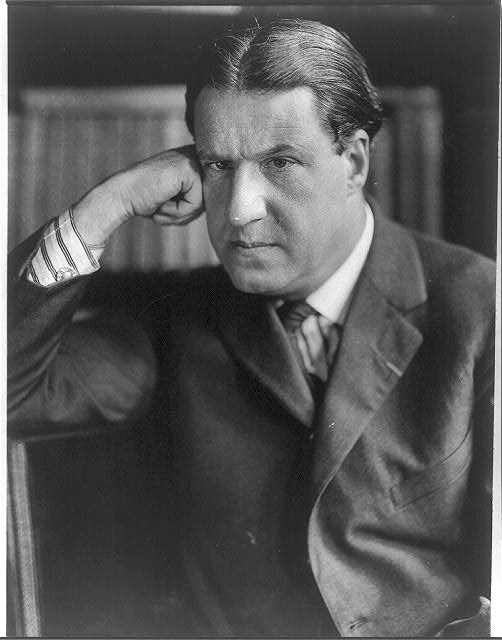Neighborhood House, a settlement house and social services center originally located in Southwest Portland, played a significant role in Portland's social history during the late nineteenth and twentieth centuries. Founded by the Portland Chapter of the National Council of Jewish Women in 1897, Neighborhood House provided welfare assistance, classes, and other services to generations of immigrants, especially children and women. The current Neighborhood House, now in Southwest Portland, offers early child education programs, family housing, a food pantry, a senior center, and after-school programs for youth.
The Portland chapter of the National Council of Jewish Women established Neighborhood House in March 1897 as a sewing school in South Portland. In 1900, Matilda (Tillie) Selling was the director of the school, a position she held for thirty-two years. The school was structured to exemplify the Council's growing focus on community reform and was open to all girls who wished to attend. Neighborhood House soon expanded to include a household school where young immigrants and members of the working-class community were introduced to American domestic life, including housekeeping skills. The school was first headquartered in a building on SW Third and Harrison, then moved to SW First and Hall (with an extension at Second and Grant).
South Portland's immigrant community was largely comprised of Italians and Eastern European Jews who had fled religious violence in their homelands. At the time, the city's larger Jewish community, mostly wealthier citizens of German descent, used Neighborhood House as a forum for Americanizing their foreign-born coreligionists. By the turn of the twentieth century, programs included the sewing school, cooking schools, religious schools, and classes in American citizenship, manual training, drawing, basketry, and etiquette. Neighborhood House had a library, a gymnasium, and meeting rooms; a kindergarten provided "structured play" for children, most of whom were from immigrant families. English language classes for both children and adults were an important part of the curriculum. With a rigorous program of childcare and education, Neighborhood House provided assimilation-minded projects for young children, teenagers, and women.
In the early twentieth century, under the leadership of Rabbi Stephen S. Wise, private donations for Neighborhood House came from organizations such as the Hebrew Benevolent Association and from affluent Jewish families such as the Sellings, Meiers, Mayers, and Lewises. That support allowed the National Council of Jewish Women to fund the $40,500 construction of an expanded headquarters at Southwest Second Avenue and Woods Street. Architect Albert E. Doyle designed the two-story brick settlement house, and construction began on October 3, 1909. It was dedicated on December 7, 1910. The Georgian Revival-style building was listed on the National Register of Historic Places in 1979.
Membership money allowed Neighborhood House to hire its first social worker, Sadie Block, in 1911. The next year, Ida Loewenberg became the first head worker and was subsequently the executive director of the institution for thirty-three years. It was under her direction that Neighborhood House expanded its services and became a fixture in the Jewish community and the Southwest Portland neighborhood. A dispensary was added in 1912, staffed by physicians and the visiting Nursing Association, and a newspaper began publication in 1914. The building temporarily housed Portland’s Hebrew School beginning in 1916.
During World War I, Neighborhood House was an active center for home front support, with Red Cross sewing units, first aid training, and the sale of war stamps. During the 1920s, a swimming pool was built and recreational activities were expanded with community financial support. A Well Baby Clinic opened, and a summer camp was started for underprivileged children. Increasingly, the center became a location for social events that included musical performances, plays, and lectures.
Beginning in the 1940s and throughout the 1950s, the grown children of Jewish immigrant families began moving out of the neighborhood and into the suburbs and more prosperous sections of the city. In 1954, the local National Council of Jewish Women retained title to the property and leased it to a new Neighborhood House social service agency with a new community-run board. The next year, the Council relinquished its sponsorship of activities and programs, and Neighborhood House continued its childcare and recreational activities with financial support from United Good Neighbors.
The South Auditorium Urban Renewal Project in the early 1960s demolished parts of the neighborhood and displaced many of the Italian and Jewish families who lived there. Neighborhood House membership steadily declined, and it became primarily a recreational facility for residents of southwest Portland. The Cedarwood Waldorf School purchased the building in 2000.
Neighborhood House moved to the Multnomah Arts Center in the Multnomah Village neighborhood of Southwest Portland in 1982. The next year, it moved into its own building on 7780 Southwest Capitol Highway.
-
![]()
Citizenship class, Neighborhood House, Portland.
Courtesy Oregon Hist. Soc. Research Lib., from Jewish Hist. Society of Oregon, Orhi87399, photo file 1657
-
![]()
Ben Selling at the groundbreaking for Neighborhood House, c.1913.
Courtesy Oregon Hist. Soc. Research Lib., from Jewish Hist. Society of Oregon, Orhi87401, photo file 1657
-
![]()
Well-baby clinic at Neighborhood House.
Courtesy Oregon Hist. Soc. Research Lib., from Jewish Hist. Society of Oregon, Orhi87398, photo file 1657
-
![]()
A cooking class at the Neighborhood House, SW 2nd Ave, Portland, 1914.
Courtesy Oregon Hist. Soc. Research Lib., 023271
-
![]()
Golden Years Club at Neighborhood House, Portland, 1954.
Oregon Historical Society Research Library, OrgLot1284_2373_6 -
![]()
Neighborhood House, SW 2nd Ave and Woods St., Portland.
Courtesy Oregon Hist. Soc. Research Lib., from Jewish Hist. Society of Oregon, Orhi87402, photo file 1657
-
![]()
Neighborhood House, Southwest 2nd Ave, Portland.
Courtesy University of Oregon Libraries
Related Entries
-
![Jews in Oregon]()
Jews in Oregon
Jewish Pioneers: Becoming Oregonians In 1869, Bernard Goldsmith, an i…
-
![South Portland/South Auditorium Urban Renewal Project]()
South Portland/South Auditorium Urban Renewal Project
In 1955, a Mayor’s Advisory Committee identified the blocks at the sout…
-
![Stephen S. Wise (1874-1949)]()
Stephen S. Wise (1874-1949)
Rabbi Stephen S. Wise, one of the most significant American Jewish lead…
Related Historical Records
Map This on the Oregon History WayFinder
The Oregon History Wayfinder is an interactive map that identifies significant places, people, and events in Oregon history.
Further Reading
Barton, Randolph L. "Neighborhood House." National Register of Historic Places Inventory/Nomination Form. Portland Historical Landmarks Commission, Portland, Oregon. March 7, 1979.
Eisenberg, Ellen. “Transplanted to the Rose City: The Creation of East European Jewish Community in Portland, Oregon.” Journal of American Ethnic History 19.3 (2000): 82–97.
Emily Zeien-Stuckman (Piccard). “Creating New Citizens: The National Council of Jewish Women's Work at Neighborhood House in Portland, 1896–1912.” Oregon Historical Quarterly 113.3 (2012): 312–333.

